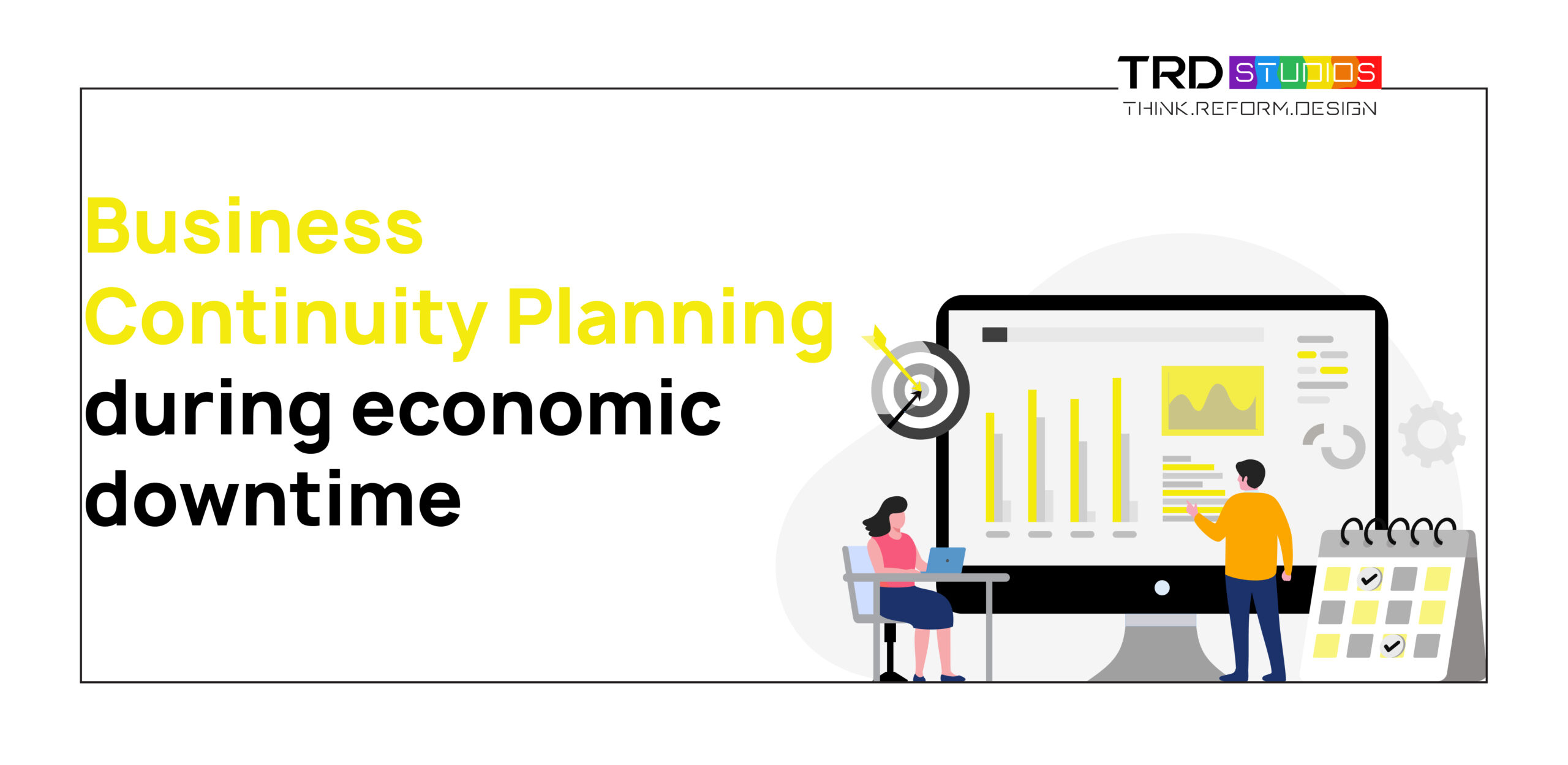“90% trust peers on social networks(even strangers); only 15-18% trust brands.” – Danny Brown
According to a report published by Forbes, ‘Companies that employ customer engagement strategies using a multichannel approach retain nearly 90% of customers compared to 23% of those that do not, wherein digital media has become the most marketable channel. This begs the question, ‘What is Digital Marketing?’. Investopedia defines it as ‘The use of the Internet, mobile devices, social media, search engines, and other channels to reach consumers.’ As the scorching heat gives way to falling of leaves, the majority of retailers are asking the million-dollar question ‘what next?’ due to another wave of pandemic washing over us, yet again creating impediments on the long and winding road of staying afloat in the midst of a global catastrophe. The only thing they can predict is the unpredicted. But even in this nightmare of a reality which we all are trying to adapt ourselves to, retailers have not backed down from providing their customers the best service possible to ease their burden of work from home and working at home.
By providing a stay-at-home ordering facility, which the consumers have started experimenting with even if they did not indulge in it before thus proving the age-old saying ‘desperate times calls for desperate measures’. Contrasting the 1st quarter and 2nd quarter of 2020, the ‘Future of Retail’ reveals an astonishing 60% increase in acquisition from digital channels for retail brands. The report further mentions that in pre-pandemic conditions, which seems something of a bygone era now, there would only be a 15% increment in sales through the digital channels. 83% of the consumers interviewed for this report also admitted to continuing practicing online shopping even after the restrictions about physical shopping are removed. Retailers were well aware of the vast scope of digital media even prior to COVID-19. The pandemic’s influence has solidified the idea that digital marketing is a critical component of any retailer’s long-term success. Those who do not have a strategy in place to attract, retain, and profit off the consumers via digital channels will lag behind. Therefore, it’s more critical than ever that we prioritize client retention through digital media.
Clients obtained through mobile were ten times more likely to make a single purchase and twelve times more likely to make a second purchase than users who came in through other channels according to the ‘Future of Retail’ report.
Since people’s relationships with their devices are so personal, the digital channel has the ability to turn a financial interaction into something far more meaningful. Consumers who let a retailer into their lives via their phones, which they carry with them everywhere they go, are relying on the brand to honour that relationship.The retailer must then assume responsibility by implementing a strategy that prioritizes meaningful, engaging, and efficient consumer interactions.
It’s a lot easier to keep clients than it is to acquire new ones. Therefore, in these challenging times, the retailers ought to retain every client they can. If consumer turnover has been sneaking up on your organization, now would be the opportunity to engage in retention strategies to hold on to your clients.
To keep all of these pandemic-induced customers for the long-run, retailers need to give them the finest customer experience, so they won’t even consider going outside. This entails evaluating as well as improving consumer experience across the whole purchasing process, which is doubly true for digital channels.
The general guideline for online marketplaces is that the consumer experience must be superior, or at least comparable, to that of a traditional store. For GEN-Z, your brand’s distinction is your service.
Below are a few strategies to retain new consumers:
- Boost loyalty programs: Delivering a best-in-class rewards program and VIP exclusives is one strategy to pursue. VIP parties, exclusive access to new merchandise drops, personalized suggestions, and useful points-to-discount levels ought to be part of the loyalty program.
2. Focus on enhancing online sales rules rather than abandoning them: Another key takeaway from the pandemic is also that, although the virus outbreak has changed consumer preferences, many of these adjustments will endure long after the outbreak is over. Outstanding online retail transactions, for example, will become the new standard for the user experience.
3. Personal connections have the potential to span a lifetime: Clients’ purchasing experiences must also be customized by brands. Tapping into digital marketing through a multitude of platforms is one of the finest ways to achieve this. A typical customization strategy is to categorize your consumers based on the messages they receive and respond to. Customization across all channels, including mail, push notifications, messages, commercials, and much more. Put the money in systems that will allow you to dig into demographic and behavioural data in order to provide tailored product suggestions.
4. Reduce the amount of hassle in the shopping experience: Make purchasing as simple as possible. Flexible payment alternatives, such as financing schemes, might help you outperform your competition when it comes to online purchasing. The last thing you want to do is make it more difficult for consumers to buy with you; instead, improving the payment experience will help in retaining the consumers
5. Profit from the opportunity that arises after a purchase has been made: Include a post-purchase toolkit such as visual monitoring and constant contact until their shipment arrives thereby giving the online retailers control over the tracking, purchase protection, which would make it more than merely shipping a product but shipping valuable reassurance to the consumer.
The inevitability of digital marketing:
- The King of Content will be Video:
Content is King, according to Bill Gates, and the future of the internet is all about content. Visual Content will be the King in 2021 if Bill Gates is to be trusted. According to Cisco, digital advertising will account for 82 percent of increase in revenue compared to those who didn’t. Video content will lead the way in advertising since it generates 12 percent additional shares than text and photos together. Apart from interaction, 64% of consumers want to purchase from a business after seeing video content. Advertisers are well aware of the value of video content and the amount of participation it generates, and they are incorporating it into their advertising campaigns. However, the notion of video marketing is still gaining traction, and businesses may differentiate themselves by focusing on producing real video content.
2. People will get their information from blogs:
The smart enterprises will understand their consumers so well that they will always be able to provide them with useful responses. This will be accomplished through the creation of the material on their blogs. Consumers will be loyal to companies that address their concerns and respond to their queries. Many websites, such as Goquickr, teach companies and consumers how to make money from their blogs. The Response Economy is here already, and it will continue to develop as consumers seek advice and professional opinions from blogs and businesses who take the time to respond to public inquiries.
3. Hoardings are being phased out in favour of online paid advertising channels:
The Vice President of Marketing at Hubspot, Meghan Keaney Anderson, explains, “If there is one image that illustrates the fact that the marketing world is moving from offline to online during the pandemic, it’s that of empty billboards.” Most firms are explicitly investing their marketing expenses in digital advertising channels such as celebrity endorsements, content marketing, Facebook advertisements, and Instagram advertisements. The explanation for this is self-evident. Wherever their opportunities are, a retailer will go. During the epidemic, the number of social media users has exploded, and people are spending a lot of time on various social media platforms. Take video material for example 17000 hours of video are seen every minute on the net.
Advertisers have, predictably, cut their ad expenditure this year, with forecasts anticipating a drop to 4.5 percent from pre-pandemic forecasts of 7 percent. Alternatively, advertisers are concentrating their efforts on grassroots social media campaigns with established audiences, which has resulted in a significant rise in media production, such as blogs and videos. Initial estimates following the pandemic’s beginning suggested a 4.9 percent drop, implying that companies fared better than predicted when it came to the pandemic’s financial implications.
While mass media commercial expenditure is down, search ad expenditure is increasing—one segment of advertising where expenditure has grown in the year 2020.
In conclusion, digitalization has made significant progress throughout the pandemic. Considering customers spending a lot of time online, it’s only natural for companies to invest more significantly in attracting website traffic via search engines. During the epidemic, the digital transition has advanced dramatically. Advertisers must modify their advertising campaigns and tactics to meet the changing demands as customer behaviour shifts. Consumers have consumed an unprecedented volume of content throughout the epidemic.




